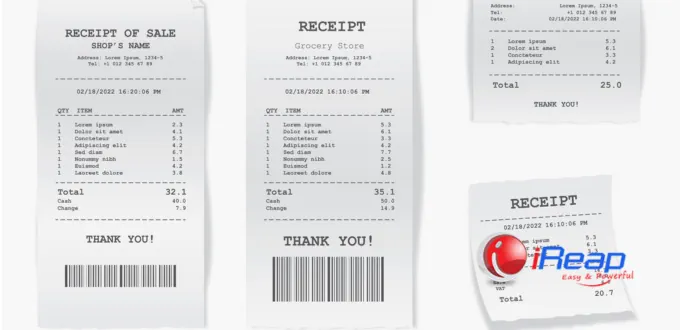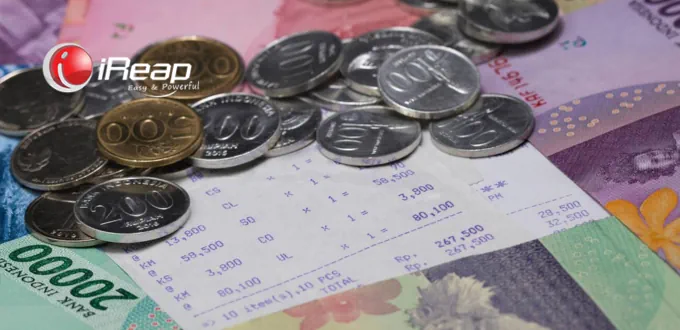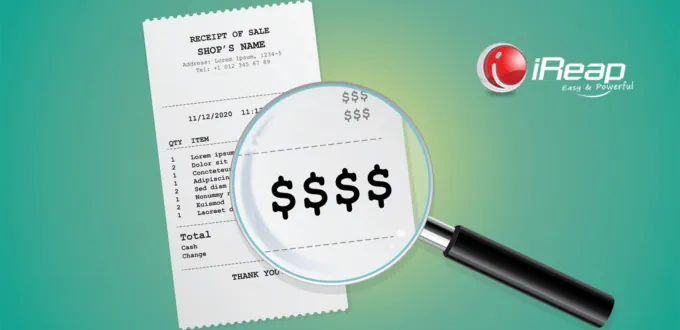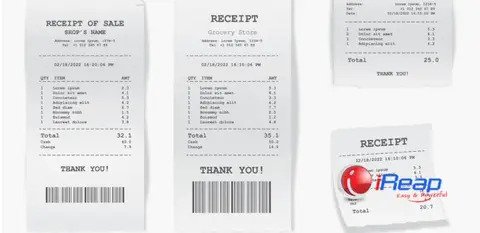
What are the requirements for a valid proof of financial transactions? The requirements for reasonable evidence of the transaction are:
- The date of the transaction.
- The name of the maker and recipient.
- An official signature or stamp stating the correctness of the transaction.
Find out more about the meaning of proof of transaction, purpose, benefits, and functions of proof of transaction by reading this article to the end; come on.
The definition of Proof of Transaction is
The purpose of proof of transaction is a record of the occurrence of a transaction, either in the form of a sale, purchase, entry, and exit of goods, records related to essential documents, and so on.
The form of proof of the transaction can be in the form of hardcopy or softcopy. It will be valid if it meets the legal document requirements mentioned at the beginning of this article and is acknowledged by the parties involved in the transaction.
In hardcopy form, the presence of a signature on the proof of the transaction is a form of a statement of its correctness and has also been checked.
Meanwhile, if the transaction proof is a softcopy, the recipient must check and confirm as a sign of agreement with the contents.

Proof of Transaction Benefits
Have you ever seen someone asking for proof of a transaction after making a payment, even if the nominal amount is small? This is not a matter of the small amount of money issued but rather a guarantee that the transaction is acknowledged.
In a company, the existence of proof of transactions is essential. When doing an inventory of transactions and journalizing, everything must be documented.
The benefits of proof of transaction are not only for the money giver. However, for the paying party, this document indicates that the payment has been acknowledged and received by the receiving party so that there may be no more unpaid invoices in the future.
For the recipient, proof of transaction is a document stating that the transaction has occurred and has been paid for (if the transaction is in cash) or becomes proof of debt (if the transaction is in the form of credit).
Purpose of Proof of Transaction
Proof of transactions within the company acts as an attachment document in the journal. The goal is to avoid wrong transactions and minimize fraud. Therefore, evidence of transactions must be stored neatly and efficiently retrieved when needed.
Who Issuing Transaction Documents
Documents as proof of transactions are issued by officials who receive money or goods accompanied by validation. Evidence of a valid transaction can include a signature or company stamp.

Proof of Transaction Function in the Company
As an institution consisting of many people, there must be documents to monitor all business activities. Especially those related to finance and the entry and exit of goods. Well, the document is known as proof of transaction.
The function of proof of transaction is official proof that incoming and outgoing transactions have been recorded adequately for making purchase reports, sales reports, inventory reports, and even financial reports.
In the pre-digital era, you must have often received paper receipts containing nominal transactions and payments made, such as when shopping, paying children’s tuition fees, paying contributions, etc.
But in the digitalization era like now, proof of transactions no longer has to be paper. Sophisticated payment systems have created evidence of payment through softcopy.
The officer only needs to send it via email or WhatsApp message. Even though the form is a soft file, the proof of the transaction is valid and can corroborate the transaction from both parties.
Without proof, the transaction could be considered as never happened. Then if a problem occurs at a later date, the company is not obliged to pay if, in the billing/claim process, there is no proof of transaction attached.
If summarized, the function of proof of transaction, among others:
- Tools to facilitate confirmation that a transaction has occurred.
- Know who is involved in the transaction.
- Official records relating to the availability of capital, debts, receivables, and other company obligations.
- Avoid double recording and billing.
- Reducing errors by officers due to the absence of documents for checking.
Proof of transaction is a record of the occurrence of a transaction and is declared a valid document if it has been agreed upon by the parties involved. An endorsement can be with the signature or official stamp of the company. Even so, you need to understand the types of proof of transactions and use them correctly. So, here are the Types and Examples of Proof of Transactions.



